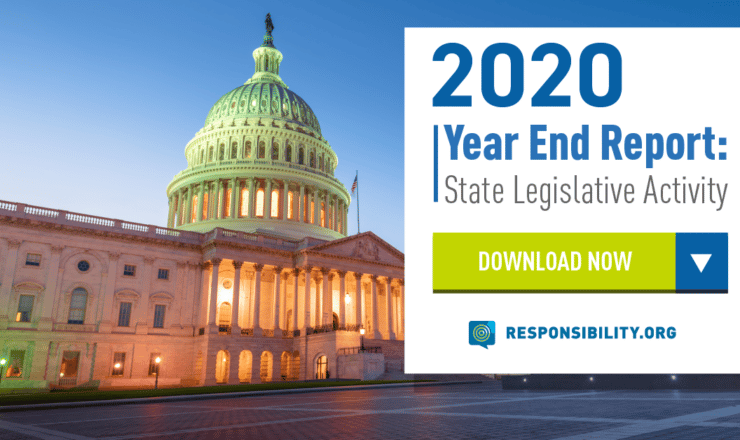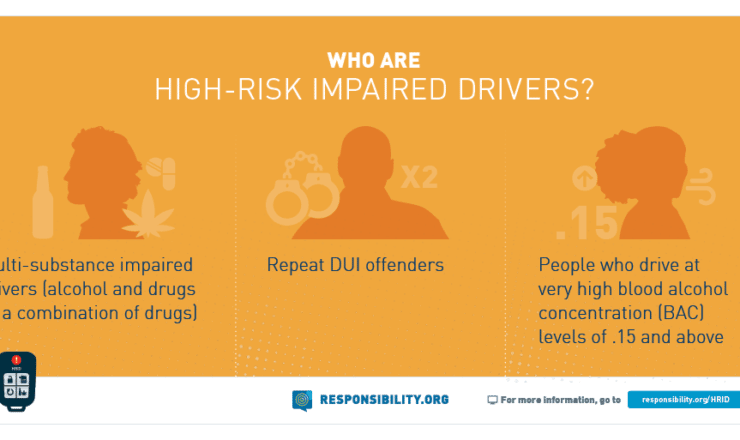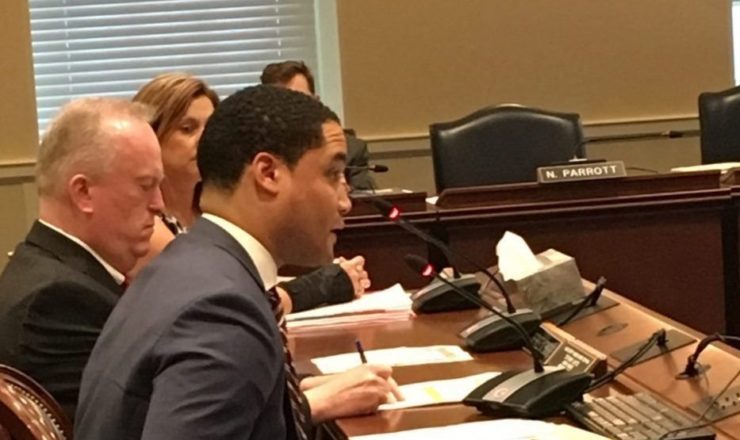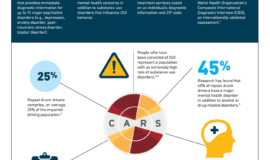Critical DUI System Reforms in Supervision
In 1984 I began my career as a field probation officer in Maricopa County Arizona. I remember going to the waiting room to meet a client who had just been sentenced to a 3 year term of probation after being convicted of a DWI. As I introduced myself he shook my hand and announced he had some great news for me. He announced that “I am not a criminal! I’m not like the other guys on probation. I just got a DWI.” Thus began my introduction to working with the DWI population.
In those days the marching orders in supervising DWI cases was simply to “follow the bottle”. If we keep them from drinking we will be successful. Not surprisingly, this approach didn’t work….ever. Because the DUI population typically tended to be financially stable, more educated, better employed and more outwardly compliant than others in the criminal justice system, they often didn’t receive as much attention by the supervising officer. Additionally, without the availability of a validated DWI risk/needs assessment tool, there was no way to determine which offender was at greatest risk to commit a new DWI, or worse. As a result there was a cookie-cutter approach to supervision where all DWI cases were handled much the same way.
While the attitude of our DWI clients has not changed since 1984, the response to these offenses by community supervision officers certainly has.
Over the past 20 years there has been a fundamental change in how we assess, manage and treat individuals under community supervision. With the advent of evidence based practices, case planning and supervision is based on the client’s criminogenic risk factors and individual needs, not just the offense charge. Rather than determining supervision based on the “gut” of a probation officer, assessment tools serve as the roadmap in developing a supervision case plan. Research has shown that there are specific risk factors that contribute to the likelihood of DWI recidivism.
- Prior involvement in the justice system specifically related to impaired driving
- Prior non-DWI involvement in the justice system
- Prior involvement with alcohol and other drugs (AOD)
- Mental health and mood adjustment problems
- Resistance to and non-compliance with current and past involvement in the justice system
Tools such as the Impaired Driving Assessment, developed by the American Probation and Parole Association (APPA), are specifically designed to capture these risk factors and ultimately inform the supervising officer in the development of a case plan, determining the most appropriate interventions and establishing which offenders are at the highest risk to reoffend. Community supervision officers have also found that skills-based approaches for behavior change such as motivational interviewing have a significant impact in building intrinsic motivation among the DWI population.
While we continue to make strides in how to best deal with the unique issues surrounding impaired drivers, we are faced with many challenges. Community supervision officers are faced with high caseloads, limited training, competing priorities, and often a lack of understanding of the threat impaired drivers bring to our communities. Organizations such as APPA, NHTSA and Responsibility.org, play a crucial role in providing research and information to the field to make community supervision officers more effective and our communities safer.
A resource that explores strategies, challenges, barriers, and solutions for community supervision of high risk impaired driving offenders can be found in Responsibility.org’s High Risk Impaired Driving Toolkit for Community Supervision Reform.

















